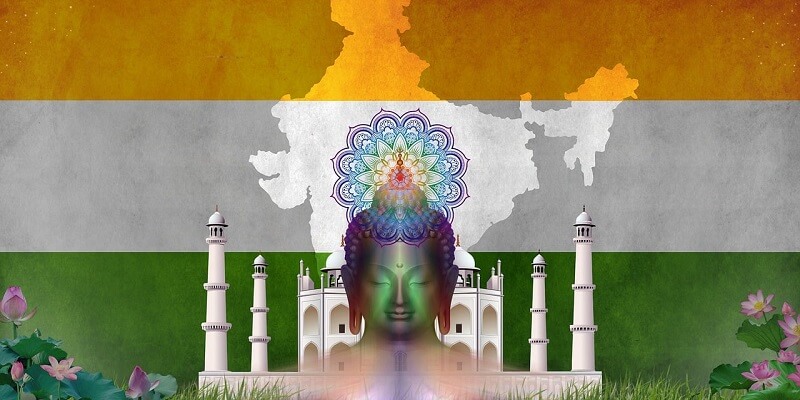India has unquestionably cemented its position as a global frontrunner in the race for 5G deployment. With a remarkable achievement of establishing the world’s second-largest 5G network in just 10 months, the nation has set an unprecedented example of efficiency and determination. Let us delve into the collaborative efforts, government initiatives, and sector-specific use cases that have powered this remarkable feat.
Collaboration between Bharti Airtel and Reliance Jio
Telecommunications giants Bharti Airtel and Reliance Jio have played an instrumental role in India’s rapid 5G network rollout. Through their joint efforts, an impressive 300,000 5G sites have been established across the nation. This collaboration has fostered healthy competition while simultaneously charting the path to a digital future.
Monitoring of 5G Rollout by the Department of Telecom
The Department of Telecom has diligently monitored the nationwide rollout of 5G networks. With networks now available in a staggering 717 districts, this comprehensive oversight ensures that progress is uniform and accessible across the country, bringing connectivity to even the most remote areas.
Government initiatives to expedite 5G deployment
Recognizing the immense potential of 5G technology, the Indian government has taken proactive measures to accelerate the rollout process. One such initiative is the simplification of procedures for clearance and permission. By reducing bureaucratic hurdles, the government has created an enabling environment for swift and efficient network deployment.
Simplified procedure for SACFA clearance for low power BTS/small cells
In line with the government’s efforts, the procedure for securing SACFA (Standing Advisory Committee on Radio Frequency Allocation) clearance for low power Base Transceiver Station (BTS)/small cells has been simplified. This streamlined process eases the burden on telecommunications companies, ensuring speedy and hassle-free installation of small cells across the nation. To further expedite the deployment of small cells, the government has specified a procedure for the application and time-bound permission for the usage of street furniture. These guidelines enable telecommunications companies to efficiently install small cells on existing infrastructure, such as lampposts and utility poles, reducing both cost and time associated with new installations.
Launch of GatiShakti Sanchar portal
To facilitate and expedite Right of Way permissions, the government has launched the GatiShakti Sanchar portal. This online platform serves as a centralized hub, streamlining the process of obtaining necessary permissions for rolling out 5G infrastructure. By digitizing and automating the process, delays and inefficiencies are minimized.
Formation of Inter-Ministerial Committee
Recognizing the need for sector-specific adaptation, the government has established an Inter-Ministerial Committee. This committee serves as a platform for experts and stakeholders to collaborate, identify, and adapt 5G use cases tailored to various industries. By fostering cooperation and synergy, this initiative ensures that the benefits of 5G are fully harnessed across all sectors.
Communication with different ministries
To ensure the effective utilization of advancements in 5G technology, the government has actively communicated with various ministries. By promoting awareness and understanding, ministries are empowered to leverage the potential of 5G in their respective domains. Education, agriculture, health, power, urban management, mining, logistics, resource management, tourism, sports, security, and e-governance stand to benefit from this transformative technology.
Diverse 5G use cases in multiple sectors
The potential of 5G technology extends far beyond faster internet speeds. Its impact can revolutionize education, enabling immersive virtual classrooms and personalized learning experiences. In agriculture, smart farming solutions powered by 5G pave the way for precision agriculture and optimized resource management. In healthcare, remote patient monitoring and telemedicine services become increasingly accessible, saving lives and improving health outcomes. Moreover, 5G’s seamless connectivity enhances power grids, urban management systems, logistics networks, tourism experiences, and overall governance, making India a truly digital and connected nation.
India’s exceptional achievement in swiftly building the second-largest 5G network serves as a testament to its determination, collaboration, and forward-thinking initiatives. Through the collaborative efforts of Bharti Airtel and Reliance Jio, streamlined government procedures, and the formation of the Inter-Ministerial Committee, India has paved the way for a future where 5G technology revolutionizes various sectors, driving progress, and transforming lives. As India’s connectivity ecosystem strengthens, the nation is poised to emerge as a global leader in the digital age.

